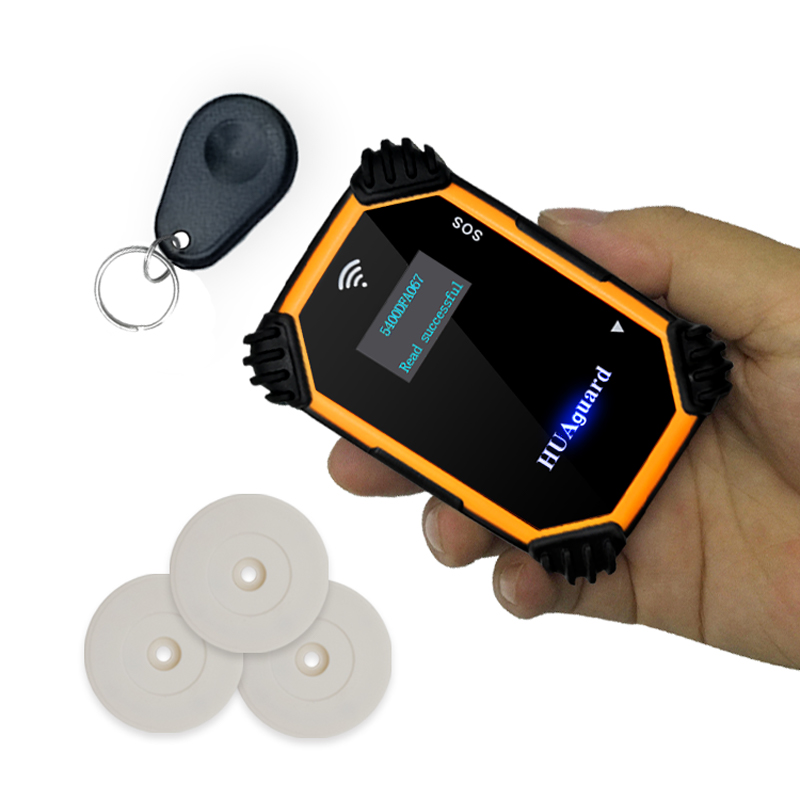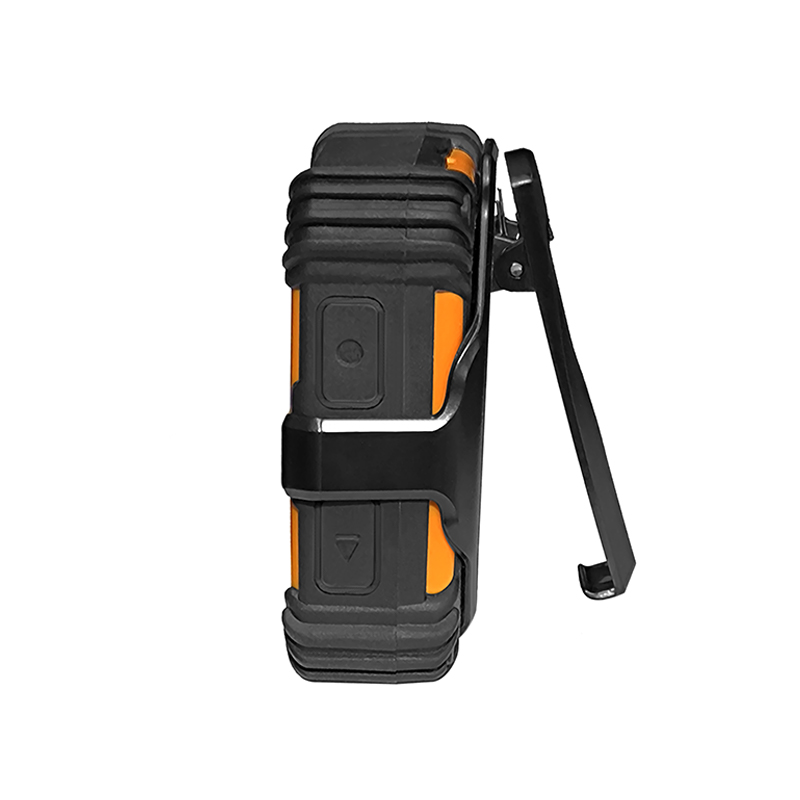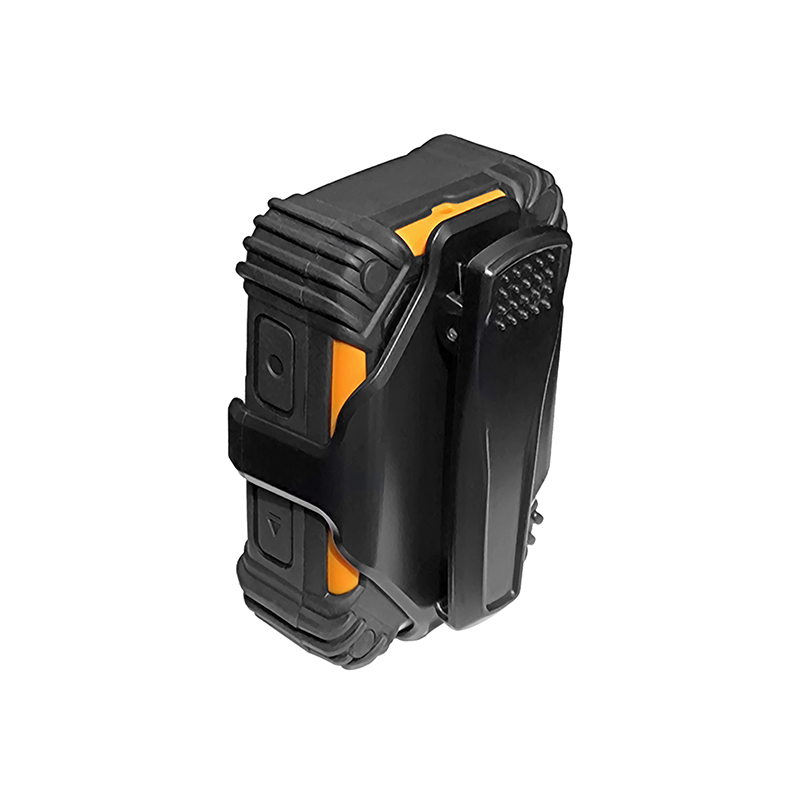

Proper configuration of users and permissions is the basis for managing access rights in the patrol system. User roles define the access levels and specific functions that different users have in the patrol system. Common roles under normal circumstances include administrators, supervisors, and guards. Administrators have full access to the system, including configuration settings, user management, and report generation. Supervisors usually have access to scheduling, monitoring, and reporting functions, while guards have access to mobile applications or handheld device functions required for patrols.

Configuring permissions based on different roles helps maintain the integrity and security of the system. For example, administrators may have the authority to add or delete users, configure checkpoints, and modify system settings. Supervisors may have the authority to assign patrol routes, view incident reports, and monitor real-time activity. Guards may have the authority to log checkpoints, submit incident reports, and receive alerts, among other things.
The security of user access in patrol systems can be enhanced by implementing multi-factor authentication (MFA). Multi-factor authentication (MFA) is a security mechanism that requires users to provide two or more verification factors to access the system. These factors typically include the user's password, a mobile device or security token in the user's possession, and the user's biometric verification, among other things. MFA adds an extra layer of security protection.

Regular monitoring and auditing of user activity can better maintain the security and compliance of the patrol system. Real-time monitoring enables administrators and supervisors to track the activities of guards while on patrol. This includes monitoring checkpoint scans, incident reports, and any deviations from designated routes. Real-time monitoring helps ensure that guards are performing their duties as expected and allows for immediate response to any incidents or violations.
Auditing involves reviewing user activity logs to identify any unauthorized access attempts, unusual behavior, or security breaches. Regular audits help ensure that users are following relevant security protocols and that the system is being used appropriately. Automatic alerts can also be set up to notify administrators of any suspicious activity.

Configure the patrol system to allow guards to report incidents directly from a handheld device or mobile app. Ensure the system supports detailed incident reporting, including the ability to attach photos, videos, and other relevant documentation. Define the types of incidents that should be reported and provide guards with clear guidelines on how to report incidents.
Limit access to incident reports to authorized personnel only. For example, guards should be able to submit and view their own incident reports, but not access reports submitted by others. Supervisors should have the right to view and manage incident reports, and administrators should have access to all reports for compliance and audit purposes.
You can ensure the patrol system operates securely and effectively by setting user roles and permissions, implementing multi-factor authentication, monitoring and auditing user activities, and managing incident reporting and response. You can create a strong and secure environment to support the security and efficiency of patrol operations.